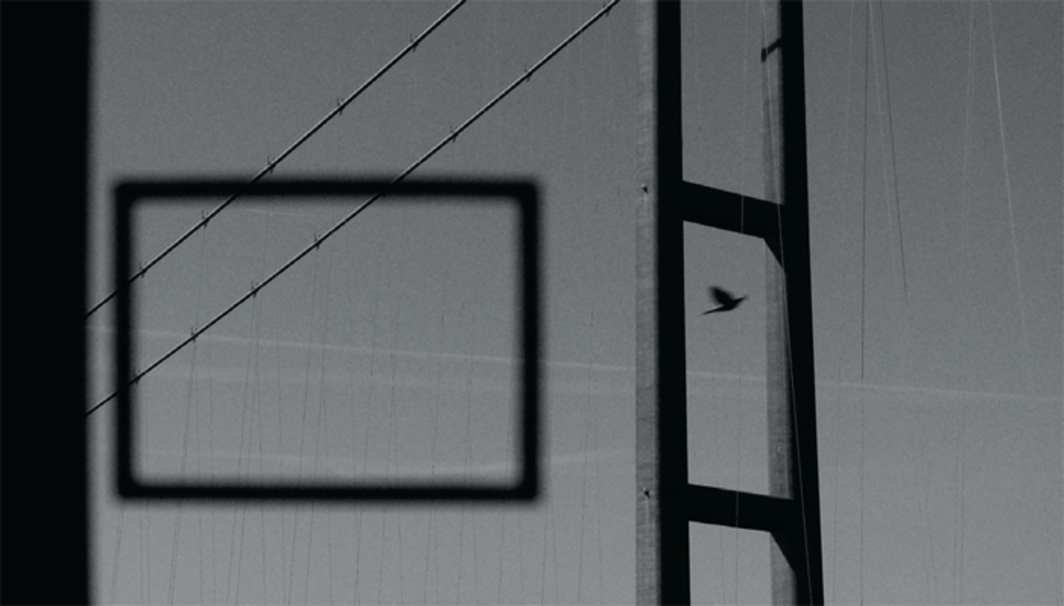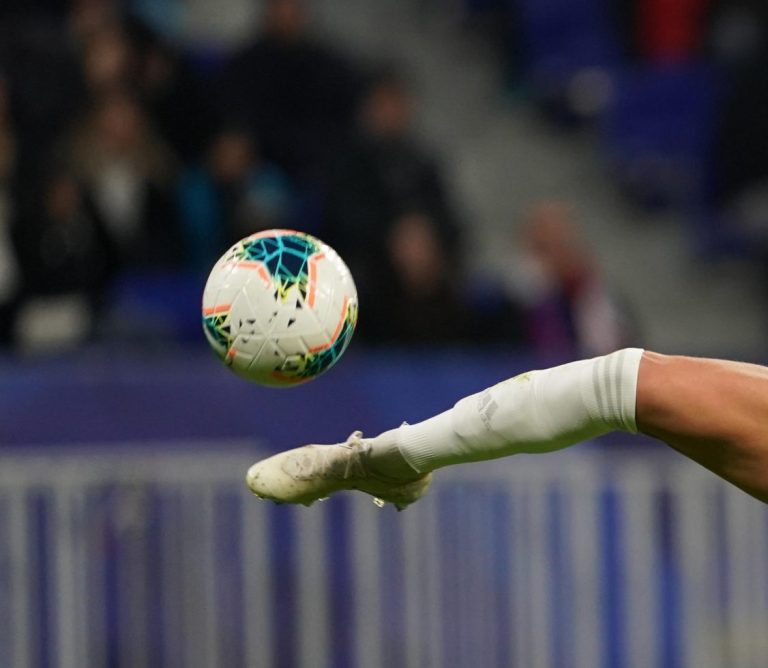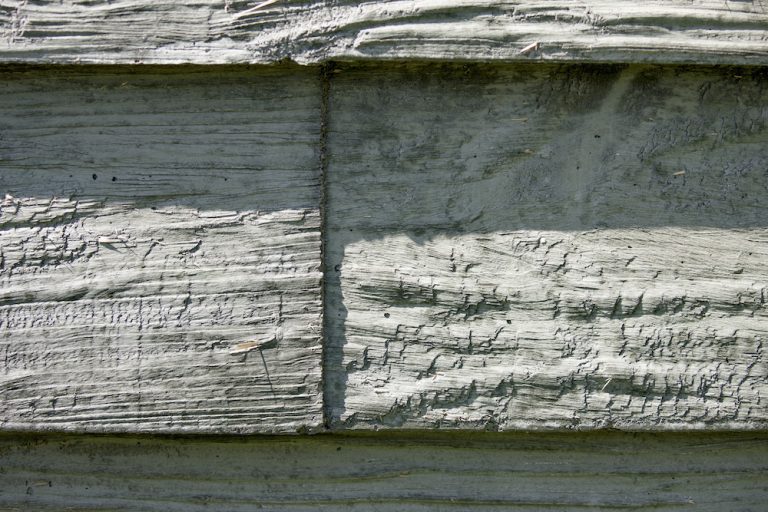Walking into the darkened gallery of the Green on Red, the first image that catches my eye is that of an enormous shadow cast across a stretch of rippling water. What appears to be a sliding shutter, moves across the image.
The gallery space is briefly plunged into darkness before a formidable bridge tower is revealed with steel cables cutting into a saturated skyline. I am reminded firstly of the ethereal nature of Hiroshi Sugimoto’s seascapes and then, in contrast, the sharply defined photographs of Paul Strand and the modernist, detached structures of the photographer Albert Renger-Patzsh.
Niamh O’Malley’s Frame, glass, black reflects the physical space of both the subject and its context. This constantly reminds the viewer, not only that he or she is involved in the act of looking but also of the presence of the artist – the maker and the tools used in creating the work. The work is presented in a variety of mediums including pencil drawings, painting, sculpture, and video.

Niamh O’Malley, Bridge, 2009. Production still.
Courtesy of the Green on Red Gallery.
Bridge is a black-and-white video piece projected onto a large black canvas. The black surface of the canvas creates dramatic, contrasting tones, which gives the appearance of a filter on the lens of a 35mm camera. The blacks have been rendered dark, so that no detail is visible. This creates a stark frame around the other areas, namely, the sky, clouds, and water. The frame, an ongoing and important theme in O’Malley’s work, forces the viewer to reflect on the viewing experience. Each shot appears unedited, and is flanked by a black ‘filter’ that slides across the image just like the mechanics of the 35mm camera where the leaves of the shutter expose the film to light. Occasional shots also contain a smaller black frame, which appears and disappear intermittently. I learn later, that the frame is drawn onto a piece of glass before being pushed in front of the lens, while the camera is rolling.
German photographer Albert Renger-Patzsch, drawing from the sensibilities of the ‘New Objectivity’ of the 1920s and ’30s, rejected Expressionism and determined that work is less about the maker, and more about the materiality of substances. By removing the subject from its historical and social context, he attempted to depict the subject to be viewed with ‘fresh’ eyes. Renger-Patzsch claimed to ‘purely’ document, yet at the same time, to capture the beauty of material things in a matter-of-fact way without the baggage of context. Undoubtedly, O’Malley’s work is overtly about the maker, the medium, and therefore the act of looking. The image is interrupted by the frame and there is a dramatic and simple beauty in the work. References to the mechanics of both the still image and early cinema is apparent. Filters and frames appear and disappear in a slightly amateurish and childish manner, making the presence of the artist evident.

Niamh O’Malley, Untitled, 2009. Pencil on paper, 29.7 × 26.5 cm.
Courtesy of the Green on Red Gallery.
O’Malley’s choice of black and white over colour, certainly seems to reference something historical or fictional – we don’t see the world in black-and-white after all. Yet, what of the social context and indeed, the subject, the Humber Bridge? The subject itself is a towering, ominous piece of architecture that once held the record for the world’s longest single-span suspension bridge. It is the longest bridge in the world that can be crossed on foot and has a main cable that apparently contains 11,000 tonnes of steel wire – enough wire to wrap around the world one-and-a-half times. Each tower was built at the top a further 36mm apart than at the bottom to take into account the curvature of the earth. [1] O’Malley’s work is a dramatic portrait of the biggest, longest, and strongest bridge. It is claimed to have opened, socially and economically, two seemingly remote areas of northern England. Is this, the chosen subject matter purely incidental? Perhaps it demands a relation to the modernist notions of order, geometry, space by looking towards a new brighter future for two communities now linked by way of this vast structure of concrete and steel.
O’Malley’s work appears to shift from the illusionary to the very real. The bridge, seemingly a symbol of strength, connection, and unity, contrasts with the ethereal, opaque mirrored images and pencil drawings. The medium used for Bridge is overt – the lens, the camera are unconcealed. While the sculptures and the mirrored pieces provide a reflection, they also offer an ambiguous view of what is beyond the image, on the other side.
Glass shows a cloud painted in oils on a two-way mirror. As the viewer approaches the piece from the front, he or she is confronted with numerous images: an ethereal ‘shadow’ of the cloud; the other side of the gallery; the reflection of the physical space; the viewer’s own reflection; and finally, Bridge.
The mirror, therefore, contains frames within frames.

Niamh O’Malley, Untitled, 2009. Pencil on paper.
Courtesy of the Green on Red Gallery.
Hung on the wall are two pencil drawings in strong black frames. Again, there is the ongoing theme of a frame within a frame, as seen in the previous pieces. The drawings, however, seem to be somewhat overshadowed by the video and sculptural work. The abstract nature of the drawings are not visually striking in comparison to Bridge. They do, however, provide something to grasp on to and a reason to stand still for a while.
O’Malley’s body of work takes time to explore. I am continually drawn back to the video piece, Bridge. Her work seems to me, like the bridge: it is something that appears to be static, factual, and unchanging, yet upon closer inspection is constantly moving and evolving. Similarly, her sculptural pieces are illusionary and almost transparent, until you get up close. It is in that moment of revelation that you see yourself and your own reflection looking back.
[1] See more on the Humber Bridge here.
Miranda Driscoll




